The relevance of sociocultural contexts in educational work
T he context in education varies among different communities. Their traditions, socio-political situations, geography, and various other aspects are all a part of the matrix. While working with communities, one must understand that coming with a pre-set agenda is not going to work. One cannot also set a timeline for the work. Being alert to […]
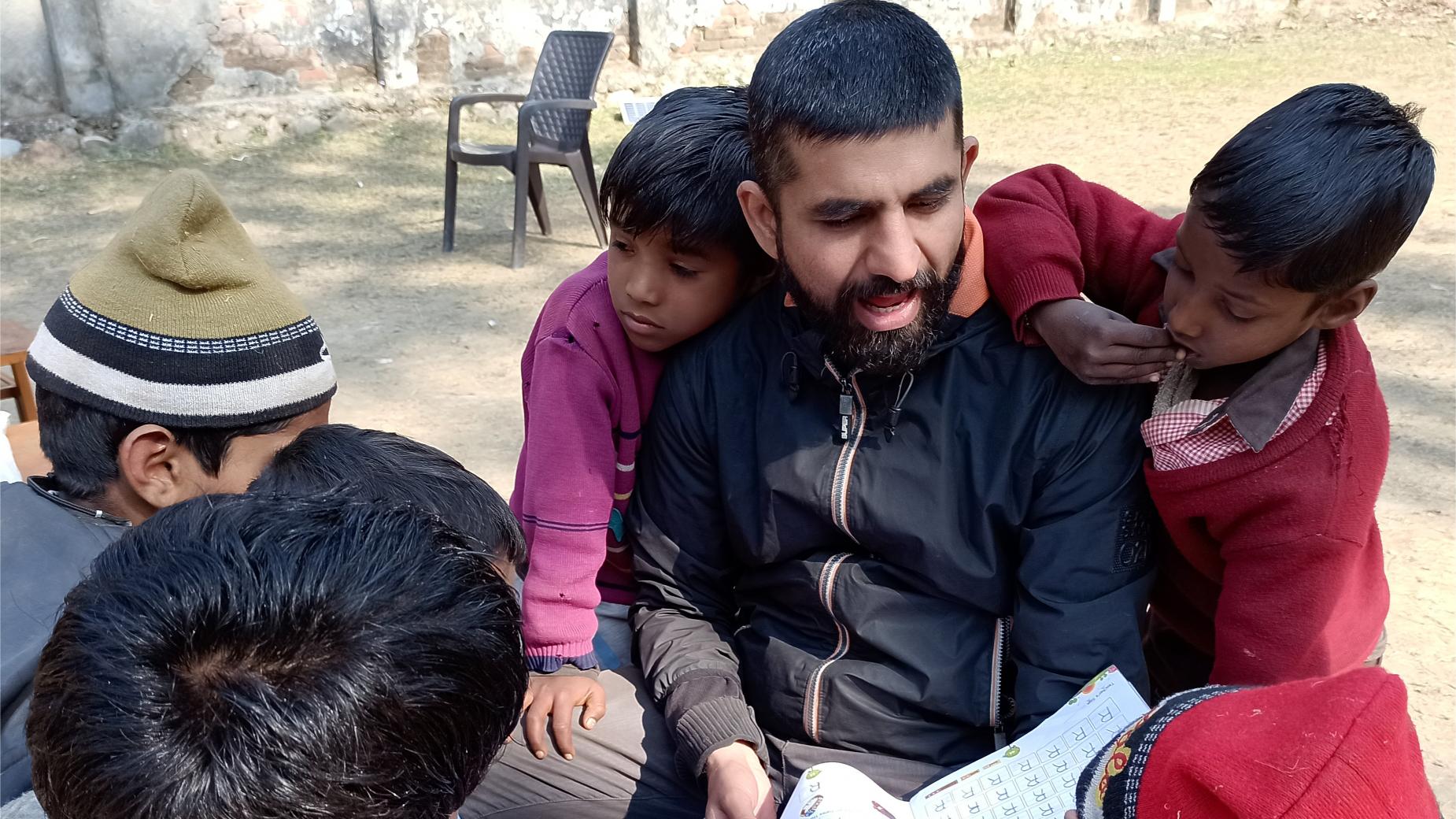
T he context in education varies among different communities. Their traditions, socio-political situations, geography, and various other aspects are all a part of the matrix. While working with communities, one must understand that coming with a pre-set agenda is not going to work. One cannot also set a timeline for the work. Being alert to the context and responding to it in an agile and sensitive manner are important aspects of educational work in the community context that intends to have long-term, systemic relevance.
In this piece we share the experiences of three organizations from across the country. These are engaging with the contexts of the communities they work with in creative ways.
Marudam Farm School
“One has to be very aware of our neighbourhood. We all tend to live in our own bubbles. In education, you need to know who your neighbour is,” says Poornima, a Foundermember and Head Teacher of Marudam Farm School.
As they describe themselves, Marudam is an alternative, holistic, environmental, multicultural, equality minded, community farm school. It is located on an organic farm. It spreads over 12 acres in Tiruvannamalai, Tamil Nadu.
Marudam is host to around 130 children between the ages of 4 and 16 years. About 30 teachers and staff in different capacities are members of the community. It has roughly 20 residents. The community also includes numerous dogs, cats, cows and chickens. It has a diverse wildlife population as well.
Marudam Farm School runs under the umbrella of The Forest Way. The latter is a registered non-profit charitable trust. It is involved in education, afforestation, environmental education, organic farming, and more.
Marudam has been primarily working with the Narikurava and Irular tribes. The Narikurava are a semi-nomadic, denotified tribal group from Tamil Nadu. They speak the unclassified Indo-Aryan language called Vaagri Booli. The Irular are a ST community inhabiting the states of Tamil Nadu, Karnataka and Kerala. They speak the Irula language. It is from the Dravidian family of languages.
“Why do we need to read and write? We can ask someone if we want to learn a new thing. We have been doing this for generations. We are not landowners. We don’t want to build anything for our children. We are happygo-lucky people. We earn and we spend it.” This was the answer during Poornima’s first interaction with the Narikurava community people.
Poornima has more than 15 years of experience working with communities in the urban slums. But she says, working with the gypsies and the forest tribes is very different. One must understand their needs. One must redefine knowledge. Making a wig is knowledge, taking care of a tree is knowledge. If a child from either of these communities has to be admitted in a government school, there has to be some commonality with the teachers or some context to have a discussion. Many children at Marudam are first generation schoolers.
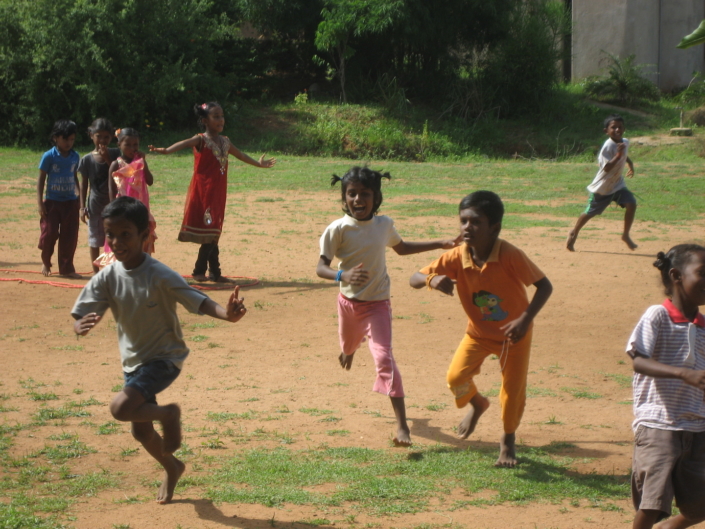
Apart from redefining knowledge, Poornima also mentions about the discrimination that these communities face time and again, whenever they go, especially the Narikurava. People always see them with suspicion because of their appearance. This feeling of being suspected stays with them wherever they go. “If somebody takes a photograph in the school, the children tend to put their heads down as they are always seen as someone who commits crimes,” she shares.
Poornima also mentions about the other side of their appearance. These communities are said to have migrated from the northeastern part of Asia. They have different facial features when compared to the local students from Tamil Nadu. This further increases the discrimination within the students. All these things play a crucial role in social integration at school.
These communities don’t speak Tamil. They have their own languages. Their superstitions also need to be considered regarding their schooling. A gypsy cannot marry outside their own community. They get scared if a girl is sent to school and falls in love with someone from outside their community. They would rather keep their girl children uneducated. For a community that has always been migrating from place to place or a community which has been in the forest for generations, formal education is new for them.
“It’s not as simple as we think. Like a child goes to school and then we just teach them… It’s not like that. It’s a process in which we need to consider a lot of things before sending the child to school. The school is not in a situation which is catering to where they are coming from,” says Poornima.
“We must support them without discriminating against them. They are trying it for the first time. We must understand this, without being judgemental,” she adds.
Considering the above conditions, Marudam has various areas that they focus on while shaping programs for these children. The first is language. Considering the language barrier, Marudam focuses on teaching vocabulary through pictures. Thay also have designed their own games and have created their own dictionary through which the children can effectively learn Tamil. The second thing they focus on is motivating the children using a craft that they already know, and at the same time to learn something new from the same craft.
Along with motivation, they also work on improving the children’s concentration. The school uses focused activities like memory games toward this goal. The children love these games. When the children are in school, Poornima and the team conduct such activities in the school which the children have already done at Marudam.
These help in boosting the confidence of the children at school, because the Narikurava students know something that the other students don’t. This also helps in increasing social integration among the students.
The last and the most important area that Marudam focuses on is learning from nature. The children love being in nature. They grow different trees and want to start a small nursery. They, especially the Irular children, walk around observing all the birds and the trees. The Narikuravas don’t like it much. But these kinds of experiences, give the children some context to start conversations in the classroom.
Marudam focuses on the strengths of the children from these communities. It also supports them in mainstream schooling. Poornima believes, “We have to represent the children’s needs and rights within the government school, without antagonizing the government teachers.”
When the students are supported through all these efforts, they do quite well in the classroom. This then encourages the teachers to involve them more in the discussions.
Apart from the intervention at the school level, Marudam also works with the government officials, where they provide various materials and learning kits which are kept in the classrooms. These materials are usually focused on the children of the Narikurava and Irular communities but are used for the whole class. The best part of these learning materials is that these are completely inclusive. Anyone can use these, even a student with special needs.
Marudam has been able to train two Narikurava and two Irular adults. They work as support teachers at the farm school. The children feel more comfortable when someone from their own community is helping them. The children look up to them as role models.
Samanta Foundation
“If you can build education, and within that frame of education, and along with it, if you can build youth leadership, it will create not only a narrative for education, but also be a motivation for the children of the respective communities. They will have someone to look up to,” says Prashant, co-founder at Samanta Foundation.
Samanta Foundation works with school children. Their focus is on children from forest dwelling communities living close to the Rajaji Tiger Reserve since 2018. Samanta works with the Van Gujjar and Tongia communities.
Van Gujjars are traditional pastoral nomads. The Tongia people worked as labourers for the British, mostly for cutting wood. Hence, they settled in the forest.
“Even if a girl rides a two-wheeler, which is quite uncommon within these communities, the kids look up to them. The children can learn from the examples of their own people and learn from the things around them,” adds Prashant.
More than 80% of their team members are local youths, especially girls. Samanta’s Youth Leadership Program supports girls in becoming leaders in their own communities. A couple of them are national fellows. Another is a Tata Steel Foundation Fellow and is now writing story books.
Just like the Narikurava and Irular communities from Tamil Nadu, the Van Gujjars and Tongia have their own languages. These do not have scripts. These are only spoken languages. The transfer and exchange of knowledge across generations has always happened orally. Prashant has come to know that the children from these communities are interested in stories. Hence a key focus area for Samanta has been setting up a library for the children. Language plays a crucial role while working with the children from these communities.
To help the children read, Prashant and Tanya, co-founders of Samanta, learnt the local languages. Only by listening to the language, Prashant and Tanya were able to create the Gojari script, for the language the Van Gujjars speak. This helped them interact with the kids in a better way and to make them read.
“When a child comes to the classroom for the first time, their interactions should be in the native language. This helps them in avoiding the fear children feel when suddenly confronted with a completely new language which they have never heard,” says Prashant.
Samanta has also designed their own teaching learning materials according to their understanding of the children. The Van Gujjars are experts in rearing buffaloes. Hence, their materials involve animals, trees and mountains, etc. For example, counting is taught using sticks or by drawing the legs of the buffaloes.
According to Prashant, one should not assume that the mainstream school education is the way to go. These communities have their own way of living and learning. Handling a buffalo is something the children of the Van Gujjar community learn as a part of their lifestyle. This itself is a crucial learning which a child from a city can’t perform.
“The communities themselves are a mine of knowledge. One should value it and hold it high,” says Prashant. “These communities usually lack basic rights. Most of them are always in some or the other conflict,” he adds. He feels that this is something that one should consider while planning an educationbased intervention. Conflicts often disrupt the education of a child, forcing them to drop out of school.
JKASW
Jammu Kashmir Association of Social Workers (JKASW), one of our partner organizations, has been working with such children since 2006. JKASW is a non-profit organization working toward creating a better future for children from vulnerable communities. It has a multipronged approach to address the multidimensional issues that children face. It works in education in the areas of ECCE, Out of School Children (OoSC), Supplementary Learning, and STEM. It also intervenes in child protection, advocacy, and adolescent and youth development. The organization engages with multiple stakeholders. These include communities at the grassroots level, and governmental and non-governmental organization for linkages and policy advocacy.
“Due to the prolonged conflict, school education has suffered a lot. But other than the conflict, there are various other factors that affect a child’s education as well. Due to the harsh winters, schools remain closed for three months. Previously both these factors caused the schools to remain closed for six months at a stretch sometimes. These long breaks have severe effects on children’s learning. The topography is another point which makes access to education difficult for many children living in remote areas. Then there are nomadic tribes which move as per the seasons. All these factors affect the education of a child in Jammu and Kashmir,” says Ashfaq Ahmad Mattoo, the Executive Director of JKASW.
The JKASW team has been trying to bridge the learning gaps through their various programs. They have set up learning centres across various locations in Jammu and Kashmir. In these, they provide support for out of school students, and supplementary learning for children from first generation learner families. The CSO also supports the local education system in ECCE/FLN and the education of OoSC. JKASW tries to strengthen local government schools by providing volunteer teachers as well. In 2021- 22 they collaborated with the state education department for the TALASH Program. This helped to identify 93,000+ students across 20 districts who were out of school.
According to Ashfaq, “Each family have their own situation, either due to the conflict or due to the lack of opportunities. So, it’s like convincing one family at a time. In case of financial issues, we try to minimize the vulnerability of such families by introducing them to various government schemes. There are also families which do not prefer sending their child to school because of the tensions resulting out of the conflict. There is always one or the other resenting family member who resists their child attending school, especially if it’s a girl beyond a certain age. In such cases, JKASW works with such resenting family members to create a support system for the child through various counselling sessions.”
With a retention rate of 91%, JKASW has been able to bring more than 6,000 out of school children back to school over the previous decade. The CSO has been able to do this by employing a multipronged approach to address the issue. It has been using various fun and innovative TLMs at its centres. It has been designing its own TLMs. The CSO also uses TLMs provided by other organizations like JodoGyan, Vikramshila and Eklavya.
Apart from the TLMs, JKASW provides training to schoolteachers for handling out of school students. The organization also provides continuous remedial support to the children after they join school. This is accompanied by frequent home visits.
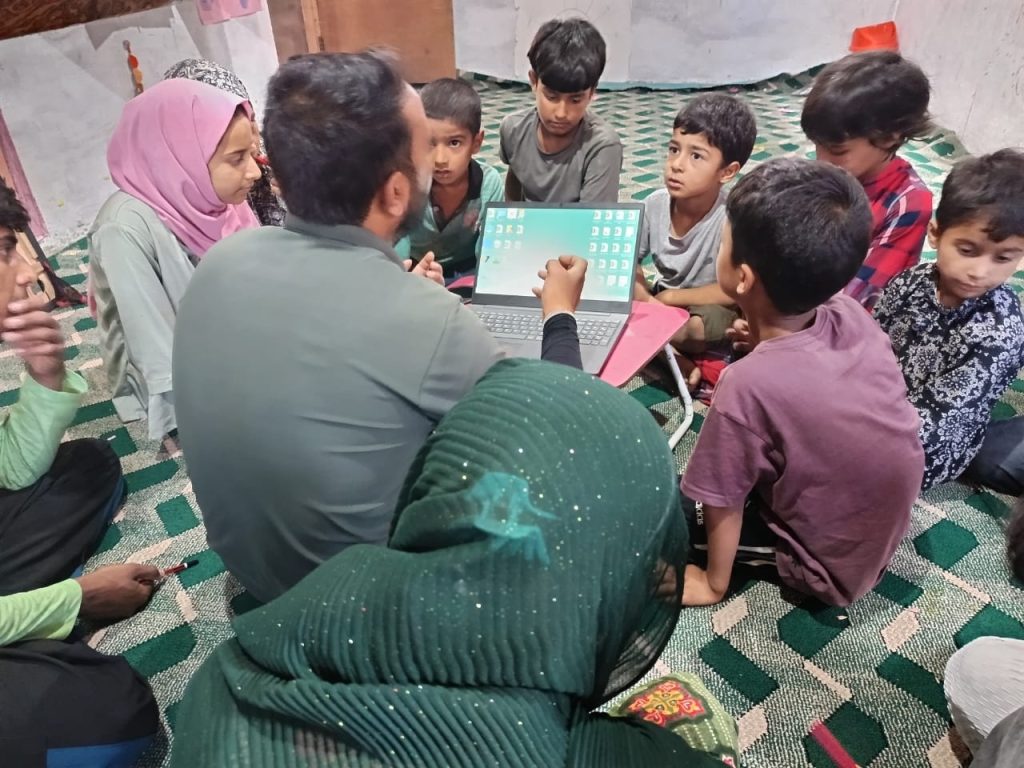
JKASW has created a contextualized intervention model for delivering ECCE/ FLN through anganwadis and Pre-Primary Schools. It does this by enhancing the capacities of key stakeholders and by creating contextualized content and material. Over the years, JKASW has improved the functioning and delivery of ECCE in more than 1,200 Anganwadi centres across J&K.
JKASW’s work has been appreciated at the State level. In 2022, JKASW was presented an award by ICDS, J&K for its systemic support program to improve the functioning of anganwadis by capacitating the anganwadi workers, helpers and supervisors. JKASW is creating a similar model for pre-primary schools. It focuses on the effective delivery of ECCE/ FLN by contextualizing the content, capacitating the teachers and building models.
Ashfaq mentions the importance of having safe spaces for children, especially in conflict-ridden areas, where they can feel free to express themselves, understand their rights, and raise questions. All of this helps in developing children’s agency. These also help in sustainaing their interest in continuing at school. JKASW’s interventions are going some distance in making this possible.
Conclusion
One must accept and value the knowledge that local communities have. They have their own unique ways of living and perceptions about the world. One can’t, thus, assume that mainstream education is the way to go for all children from the local communities. Involving community leaders and considering their opinions will help in building trust among these communities. It will also help in thinking through context-specific educational opportunities for our children who need it the most.

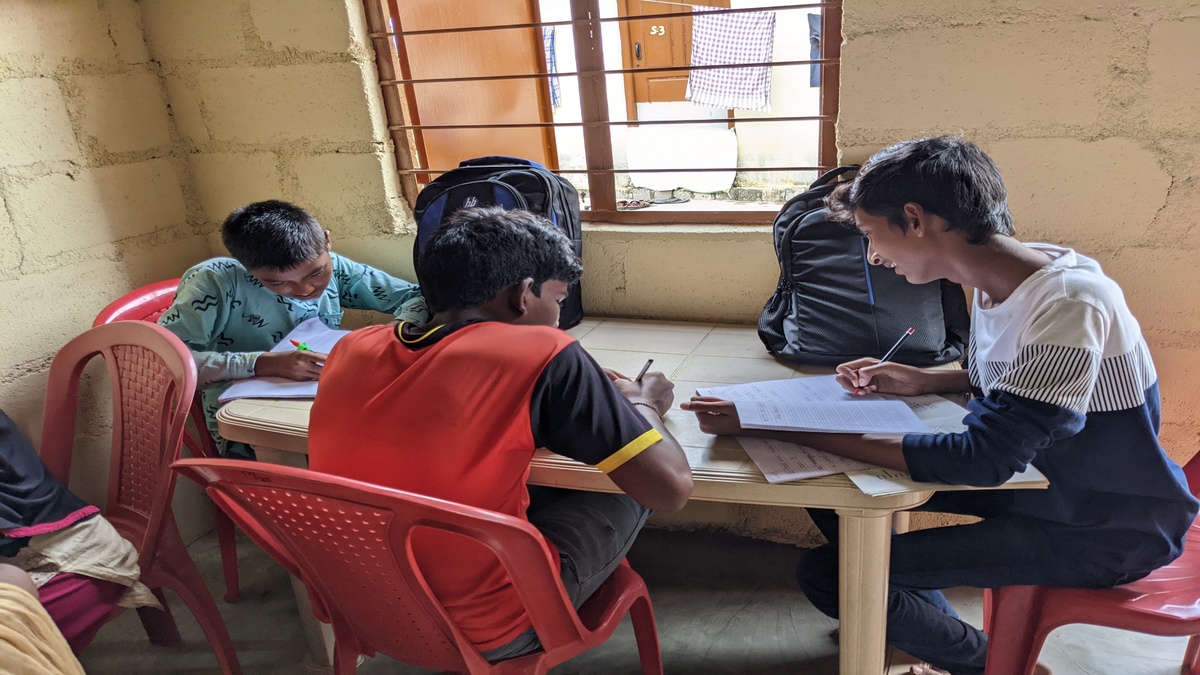
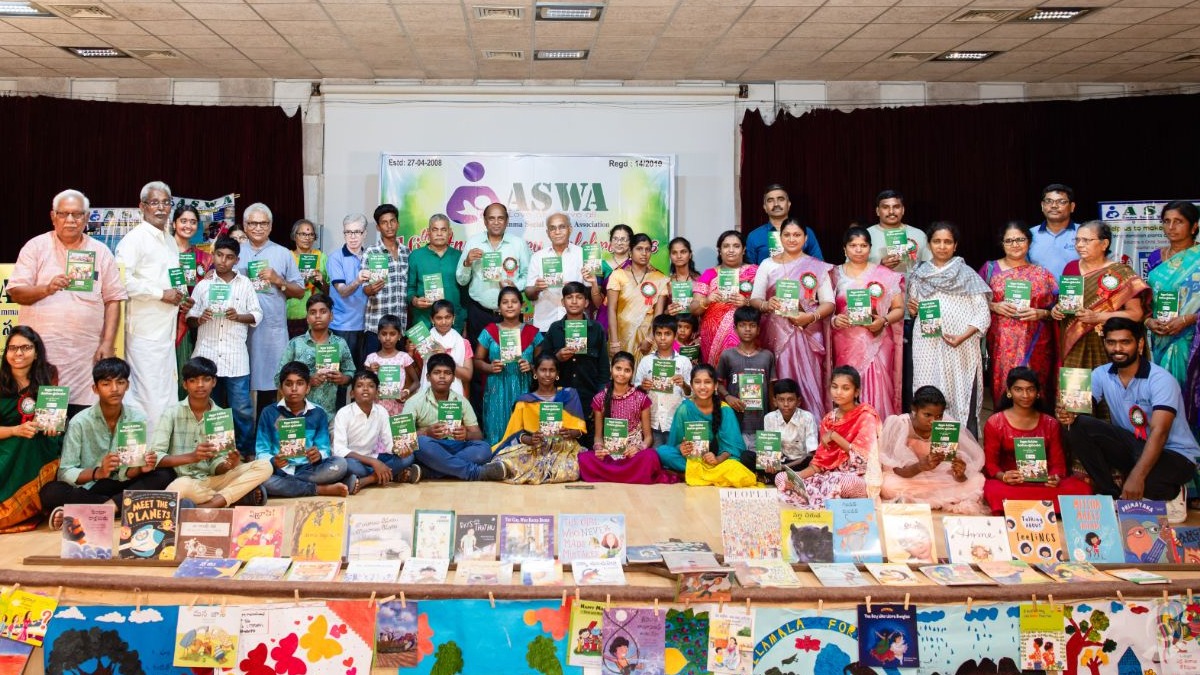

No approved comments yet. Be the first to comment!